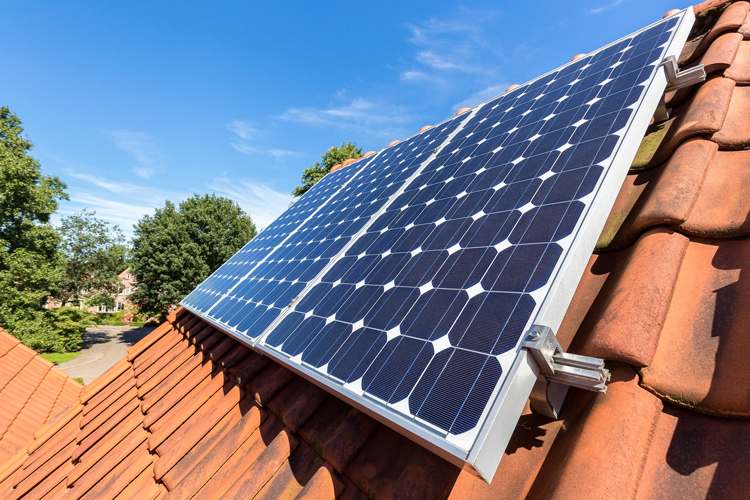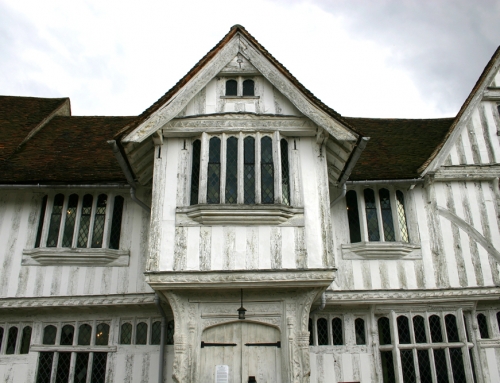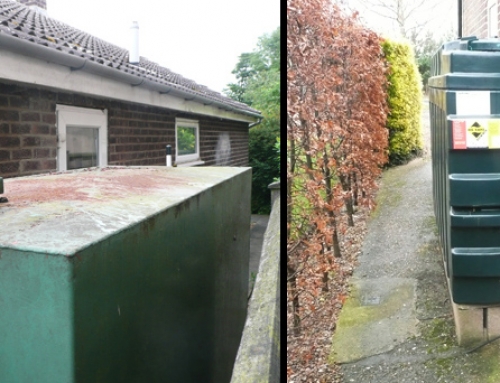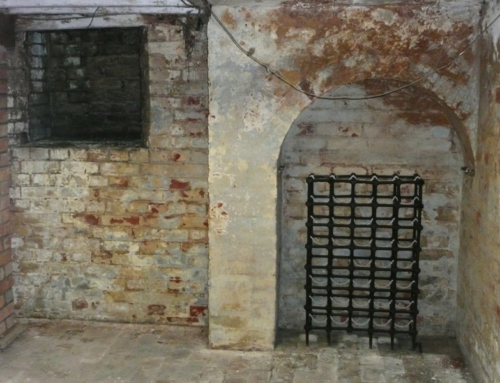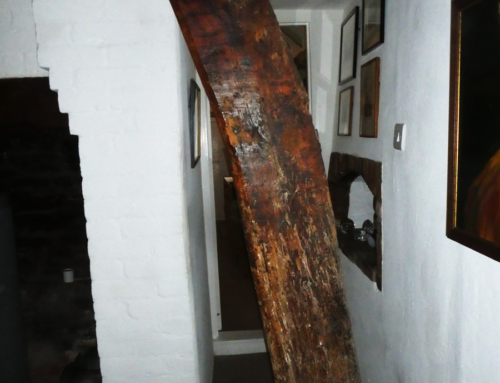With the current spell of fine summer weather, many people are looking closely at the merits of solar panels for reducing household energy bills. Potentially, the cost savings can be quite significant over the life of the panels – 25 years or more – but various factors need to be considered before installing them.
Most solar panels use photovoltaic (PV) cells, which convert sunlight to direct current (DC) electricity. An inverter then converts DC into alternating current (AC) electricity for household use. Although they may look the same externally, solar panels for electricity generation are quite different from solar thermal panels for water heating but either system will add around 15 to 20 kg of dead load weight to a roof, generally to one side only, which can create an imbalance in terms of loading. This is why additional bracing should always be incorporated into the roof structure.
PV cells are made from layers of semi-conducting material – usually silicon – and when light shines on the cell it creates an electric field across the layers and the stronger the sunshine, the more electricity is produced. The power of a PV cell is measured in kilowatts peak (kWp) – that’s the rate at which it generates energy at peak performance in full direct sunlight during the summer – but it will still work on cloudy days, albeit with reduced efficiency. Solar panels need to be south facing and should be sited to avoid shadows cast by nearby houses and trees, if possible, as this reduces efficiency.
Planning permission is unlikely to be required for solar panels unless the property is listed or located within a conservation area. Few people would suggest that solar panels are aesthetically pleasing – in fact, some people might be deterred from purchasing a property because of the appearance. However, solar panels are now being manufactured to look more like conventional tiles and slates in order to overcome these objections.
Solar panels require little maintenance, but basic checks and cleaning should be carried out annually since the panels are only cost efficient when working at maximum output and dirt will reduce performance. Other parts of the system, such as the inverter and the connecting cables, will probably require upkeep at some point. Inverter problems are fairly common and it’s quite likely that an update will be necessary at some stage, which is not cheap. The user should also check that the input/output display on the inverter accurately reflects what the system is actually producing.
Solar panels usually come with very long warranties – 25 years in most cases – due to them being simple devices with no moving parts. As with all ‘green’ fuel sources, conflicting figures are produced in support of the relative benefits. There does seem to be some consensus though, that if all costs are correctly factored, it is likely to be around 18 to 20 years before the system breaks even and zero energy costs kick-in.
